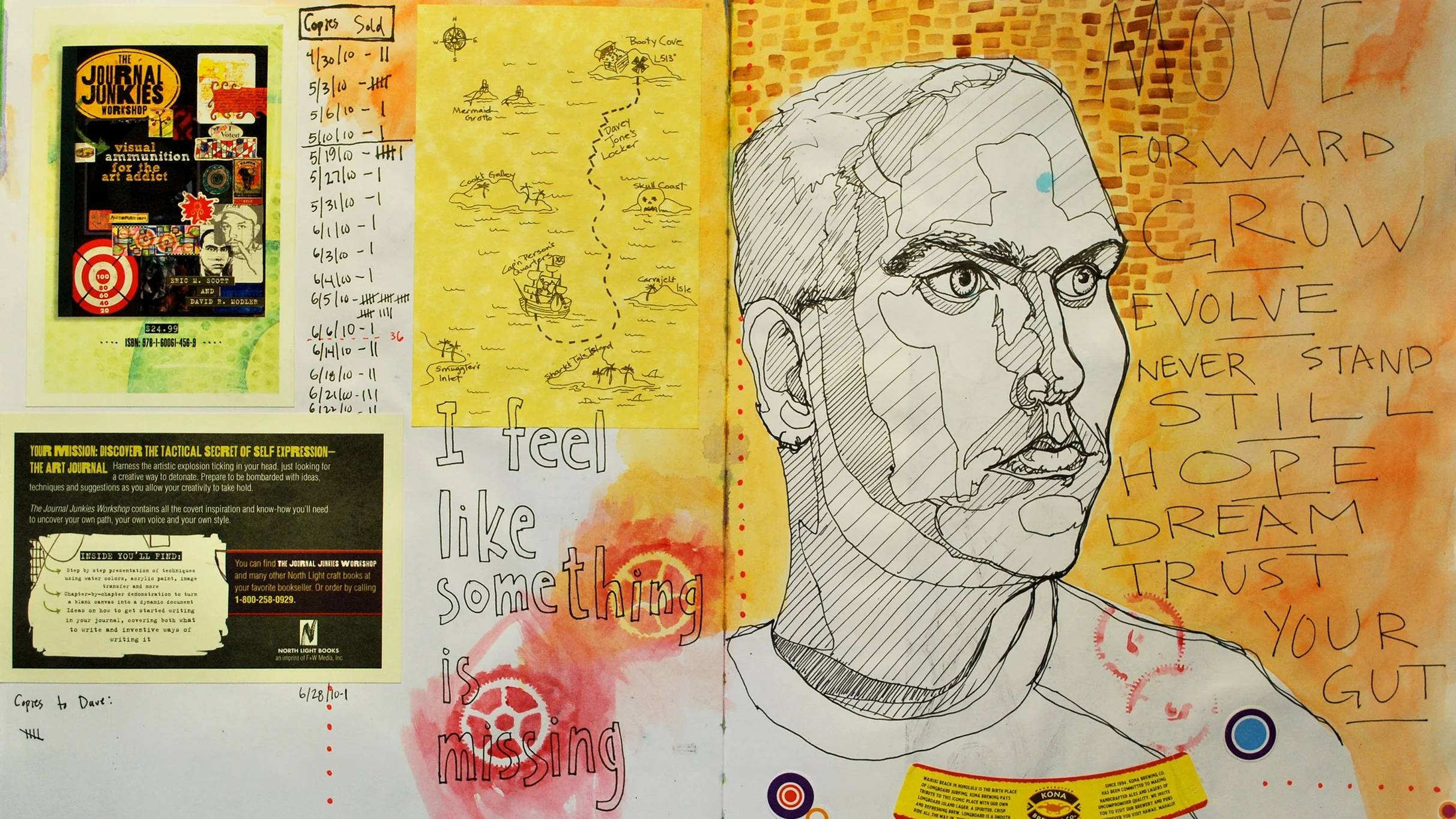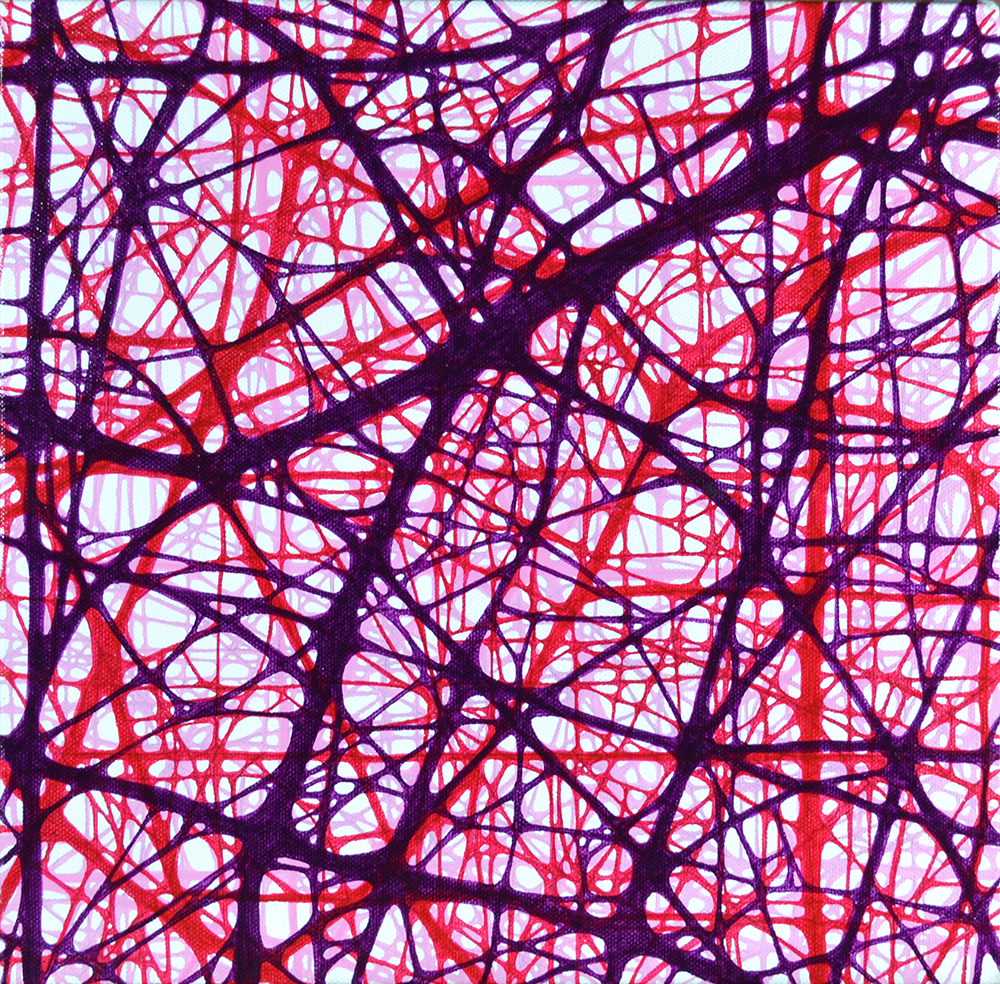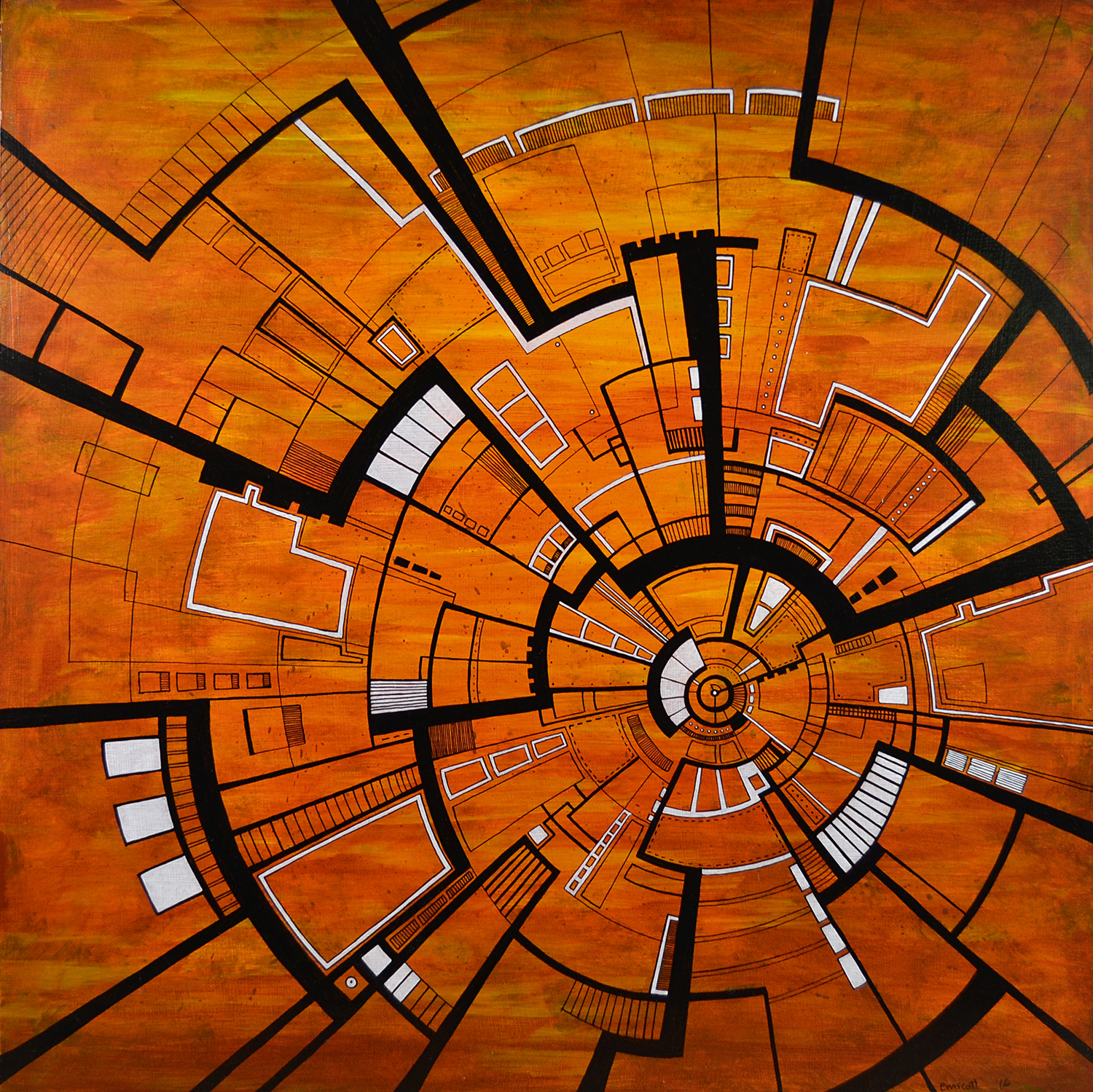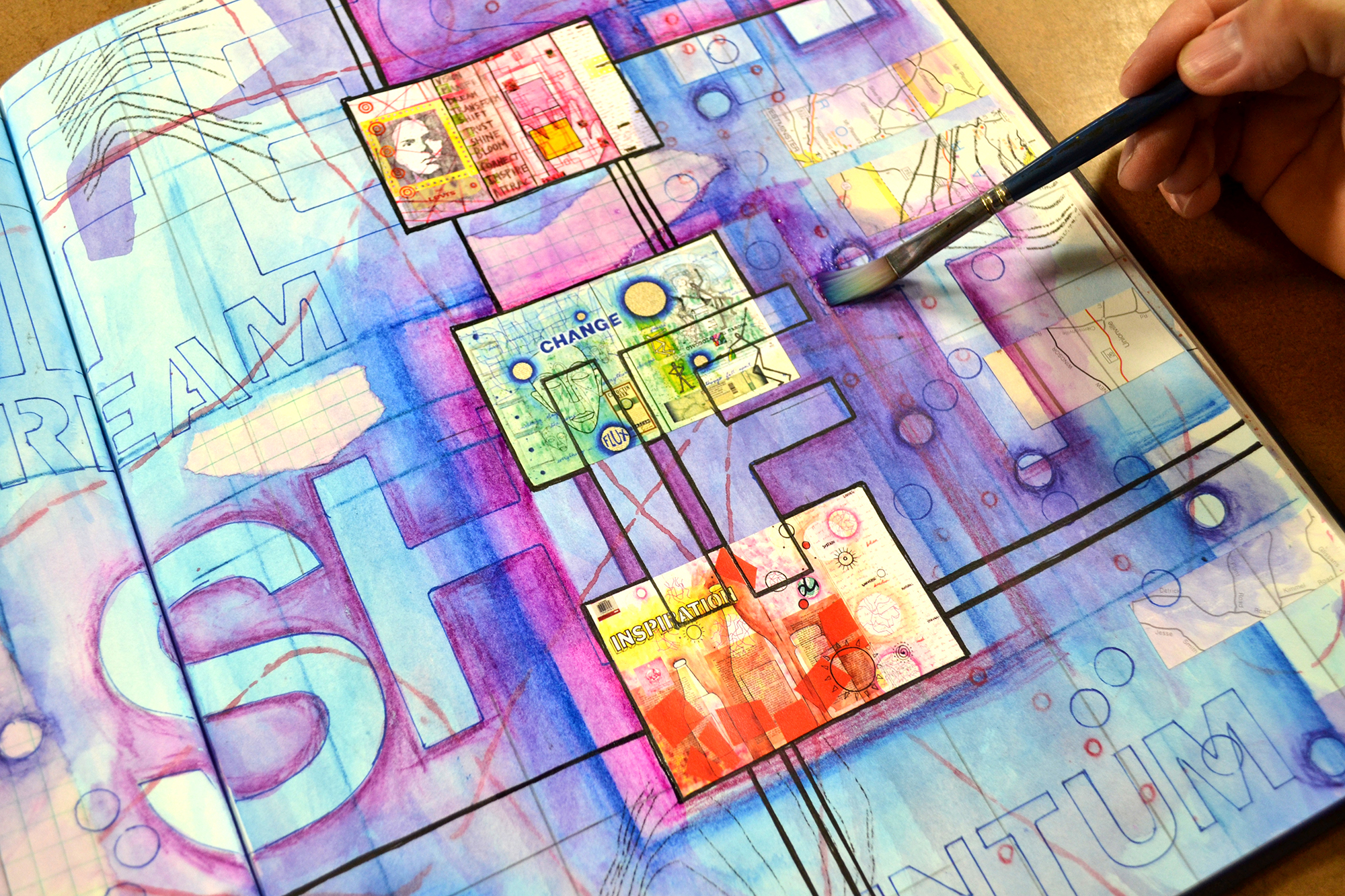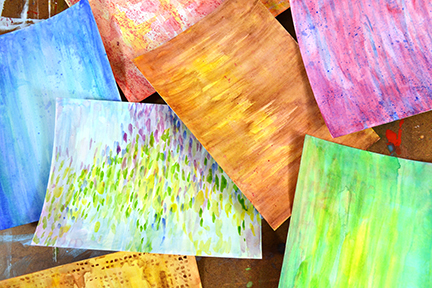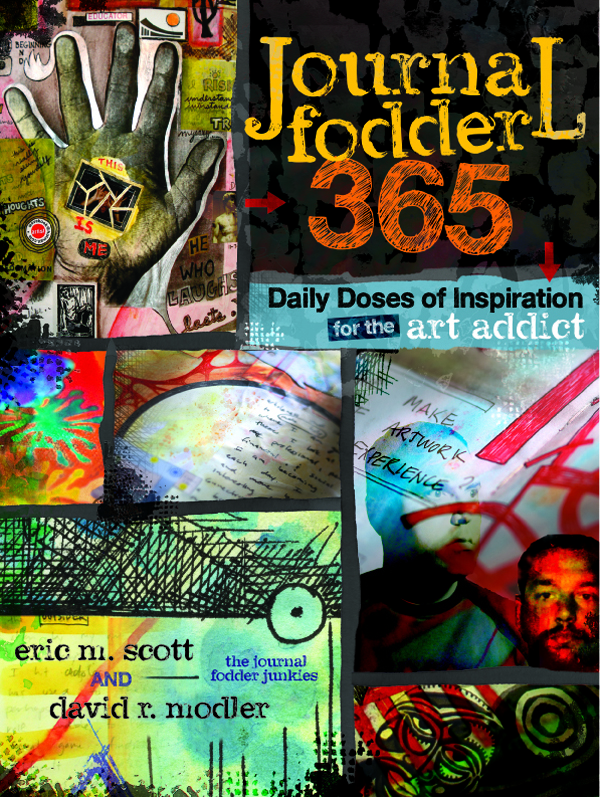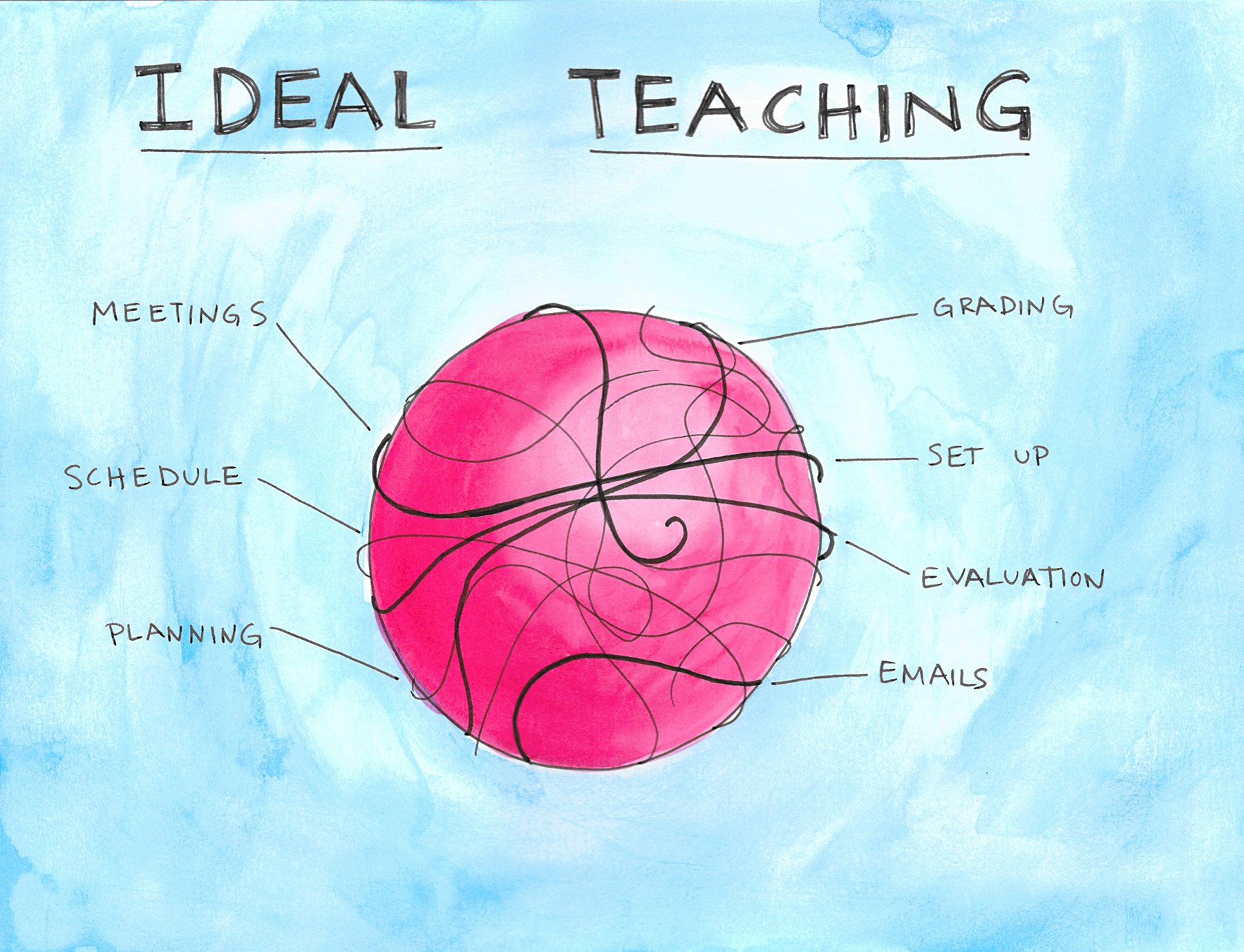For years and years, I have taught a variety of hands-on workshops at a wide range of venues, and during that time, I’ve heard iterations of the same type of comment over and over. Now I belong to a few mixed media and journal groups on social media, and I’m consistently seeing variations of this same kind of comment. I feel like I want to take a little bit of time to ponder it and address it.
Over and over again, I’ve heard one person or another or I’ve read one comment or another that all start out in a similar vein. “Well, I’m not really in artist.” “I’m just a beginner.” “I don’t really know what I’m doing.” “I’m not talented like others.” These statements and others are usually said right before sharing their work or introducing themselves or offering a comment, and I just can’t help wondering why we feel the need to qualify our art, our words, and ourselves with these statements. What has made us so ready to diminish ourselves and the things that we do? We seem so willing to disqualify ourselves as if we don’t really belong in the conversation. Is it simply fear and doubt? Are we just conditioned to dim our own light? Why are we afraid to shine?
This isn’t something new, and I’ve pondered these ideas in the past in my journal and on the blog, but it’s something that is consistent — something that so many people struggle with and seem to utter at one point or another. Even folks that you think really wouldn’t feel that way, can feel exactly that way, and I just can’t help wondering why we make ourselves small — why we dim our own light. And I wonder what if we turned the narrative around, and spoke our truth with light and confidence. What if we stood tall, and allowed our personal truth to shine out of every inch of our bodies?
Life isn’t a competition, and art isn’t a race. It isn’t about who has more or who is better or worse, but we make it that way. We want to compare ourselves with others, and we seem to want to bury our faces and hide. What if we simply shared ourselves openly without qualifiers — without tearing ourselves down — without dimming our truth? In a way we set ourselves up for failure from the start. By qualifying the work that we do or the comments that we make with these statements, we set the bar low and brace ourselves against what is to come. Are we afraid that people will confront us? Are we afraid to be called out and ridiculed? Or is it just a matter of the Imposter Syndrome where we simply feel that we’re playing at making art and not really creating?
I know a lot of it has to do with confidence and self perception, and it might be boiled down to how we were raised and how we were praised. But why do we beat ourselves up over our creative endeavors? Why do we not claim this part of ourselves wholeheartedly and stand proud? Why does it seem shameful to share such an important part of ourselves?
So, I’d love to see more people claim their truth and question these ideas and beliefs. If you say that you’re not an artists, then what is an artist? If you’re a beginner, why do you feel like you need to qualify yourself with that. Why does making you a beginner make what you have to share, say, or ask any less valid than others? If you feel like you have no talent, do you really believe that talent has anything to do with speaking your truth? If you feel like someone else is better, how does that diminish what you have to say
It’s a lot of questions, because I don’t have an answer, I’m just asking folks to stop diminishing themselves and making themselves small.
Stand tall, and let your personal truth shine!
